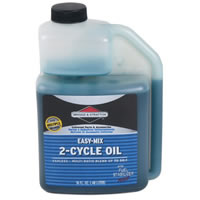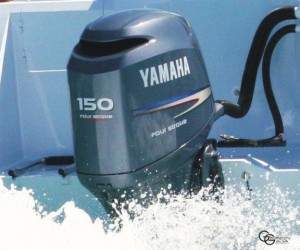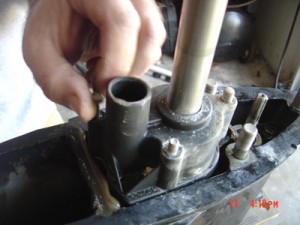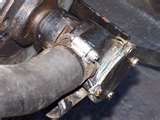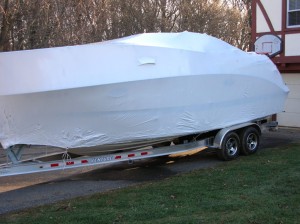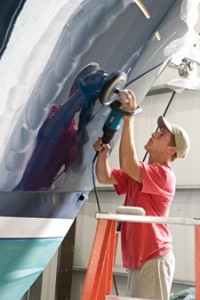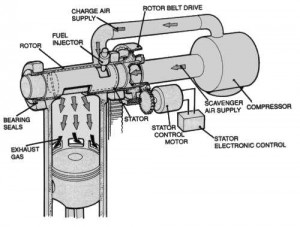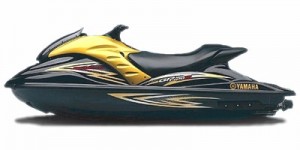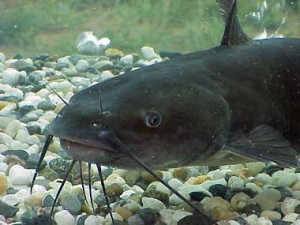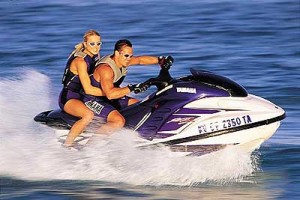Yamaha AR190
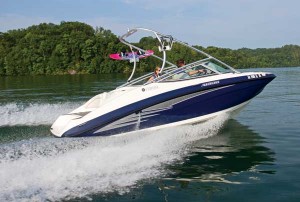 Even though we’re over a month into the New Year, I’ve just now begun drooling over the new line of Yamaha boats. The 2012 AR190, for example, allegedly “redefines everything that boaters should expect in a 19-foot boat.” In addition to its considerable length, the AR190 features a wet storage compartment, cup holders, upholstered backrest, and a swim platform.
Even though we’re over a month into the New Year, I’ve just now begun drooling over the new line of Yamaha boats. The 2012 AR190, for example, allegedly “redefines everything that boaters should expect in a 19-foot boat.” In addition to its considerable length, the AR190 features a wet storage compartment, cup holders, upholstered backrest, and a swim platform.
The cockpit has an integrated helm design. I can tell from the photos that Yamaha definitely thought about ease of use in their lay-out, unlike some manufacturers who prefer design over function. In the bow, two adults can stretch out comfortably – something I’ll be sure to mention to my wife when I ask for permission to buy this pleasure boat. For now, I need to read up on a few technical details, such as does the AR190 take Yamaha 2W oil?



